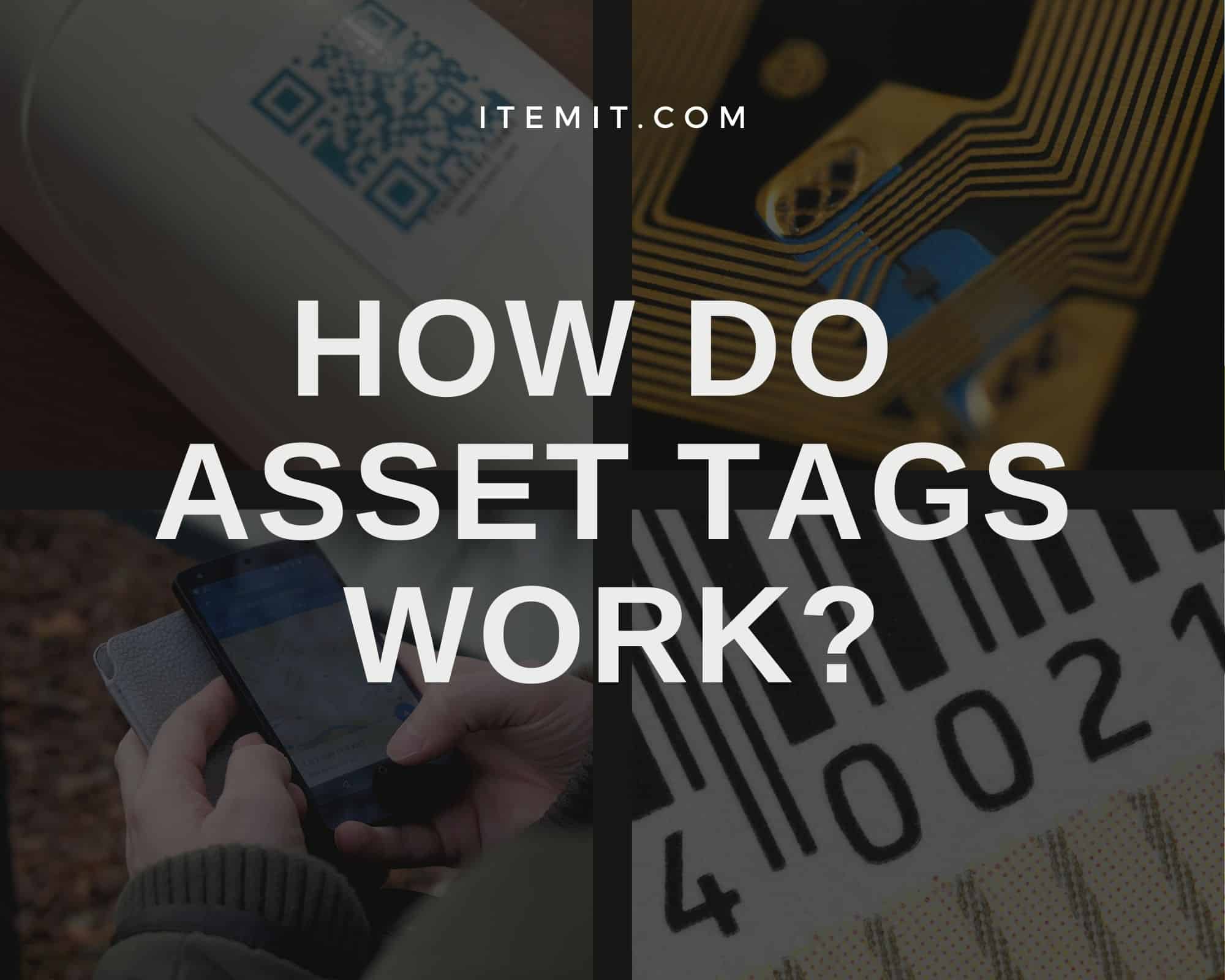Asset tagging and tracking save your company time and money. With asset management systems, you can log and monitor where your assets are by using asset tags.
Asset tags streamline and speed up your maintenance, auditing, and asset management processes. How do asset labels work? Effectively, you attach a unique tag to your physical assets and use that tag to link your asset to a digital profile.
This way, when you scan an asset’s tag with your asset management app, its digital profile will open, ready for you to book the asset, add issues or maintenance information, or update its financial information.
Here’s how you can tag and track your assets:
However, there are a few different types of asset tags. The principle of tagging and tracking your assets is the same, but some tags work differently.
Barcode/ QR Code Asset Tags
Barcode asset labels and QR code asset labels work in a similar way. These are the cheapest option for your asset tracking processes. This is because barcode and QR code asset labels help you track last seen location, and last known user.
This creates a full audit trail of where all your assets have been, and who has interacted with them. So, using your asset management app, you can scan a barcode or QR code asset label using your phone’s camera. This will open the profile for editing, but will also update the asset’s last seen location and the user who scanned the asset.
RFID Asset Labels
Many of the ways you can use RFID asset labels and QR codes overlap, as both create an audit trail via last seen location tracking.
However, RFID asset labels work a little bit differently as they don’t require a line of sight to be scanned. You can also have passive and active RFID tags, which affects readability, and there are many different types of RFID tags and readers.
In general, the context you’ll use RFID asset labels for asset tracking and management is with a smaller, hidden RFID tag and a third party hand-held reader. This is great for high-value asset tracking, as you can hide an RFID tag in a way that you can’t hide a QR code asset label.
The process of asset tracking is the same as QR codes, but you’ll scan the tag with a third-party RFID reader.
To find out more, read our blog about QR codes Vs. RFID asset labels.

GPS Asset Tracking
GPS asset beacons give you the most accountability possible. This may not be necessary for your business, depending on how far assets travel regularly and how much additional accountability you need before you start seeing a return on investment.
However, if your assets do travel a long distance frequently, or if you need pinpoint accuracy for asset location, GPS asset tracking can help.
GPS asset beacons can show you where your assets are at all times in real-time. These tags work with a sim card which then communicates with your asset tracking system. These are the only tags that require batteries, although third party RFID readers require charging.
At itemit, we have multiple asset tagging and tracking options. GPS tracking capabilities are coming very, very soon, but you can already get stuck in with barcode, QR code, and RFID asset labels today, all you need to do is ask! Contact us today.
Find Out More About Our Asset Tags
Start your free 14-day trial now
Instant access. No credit card details required.


